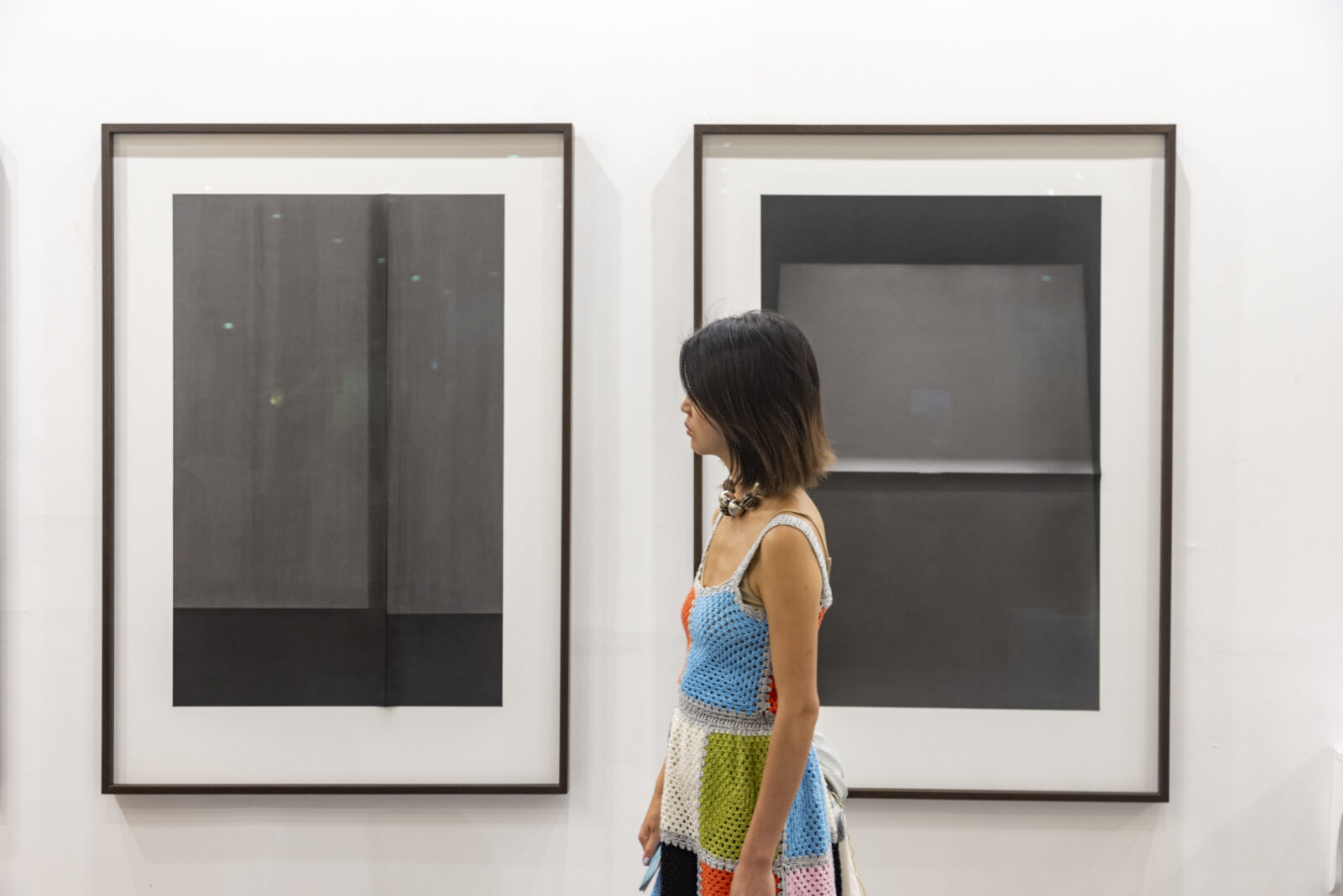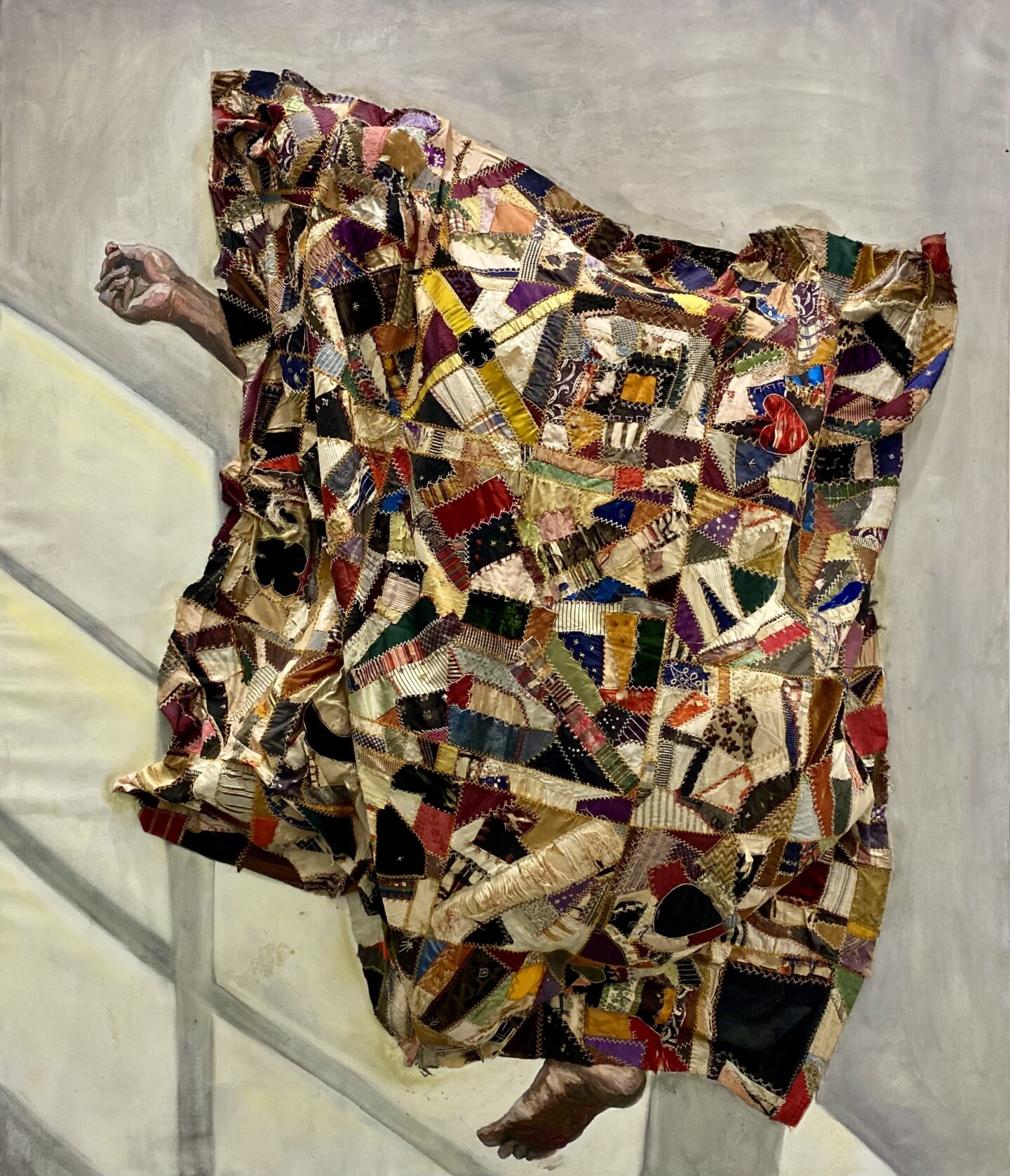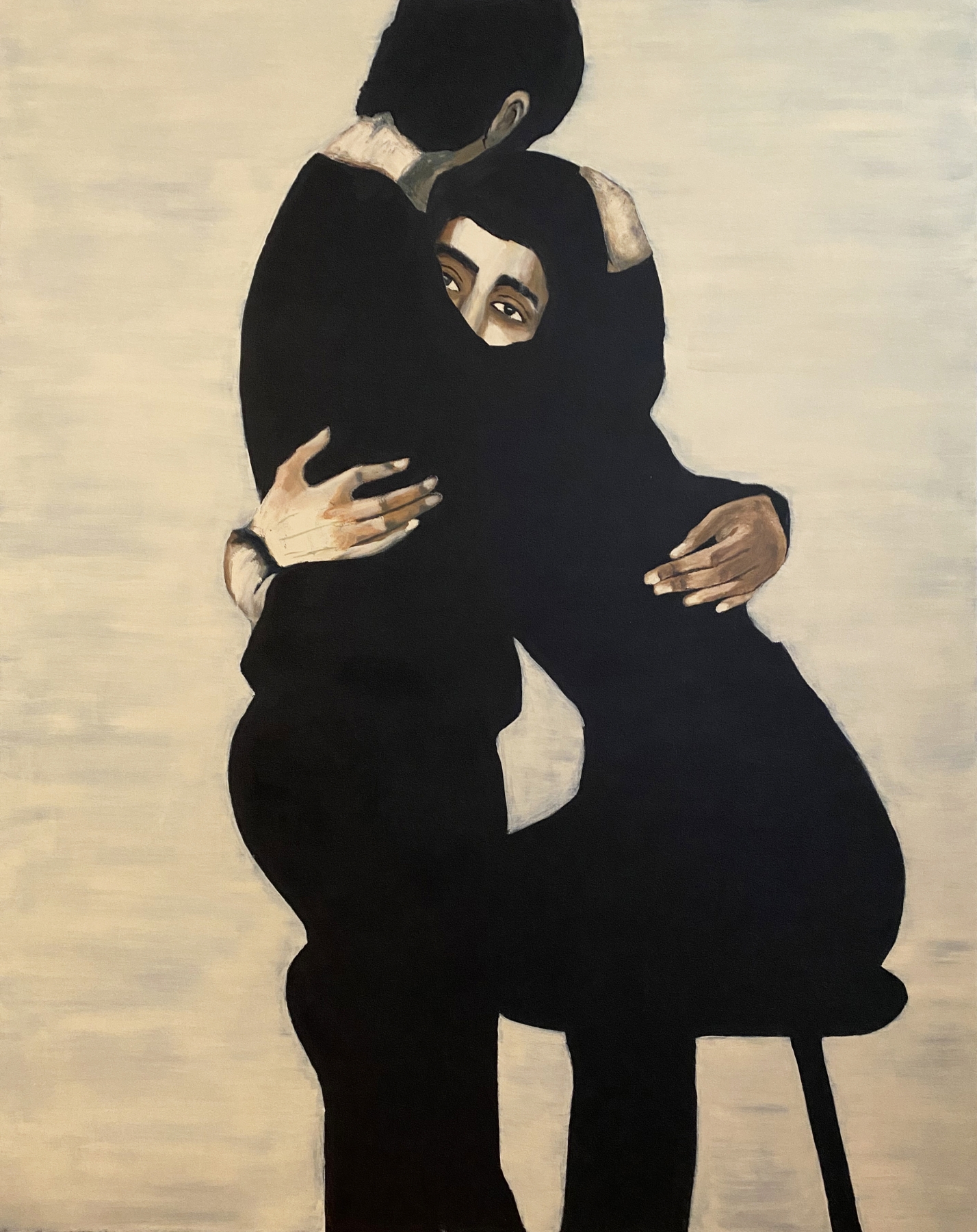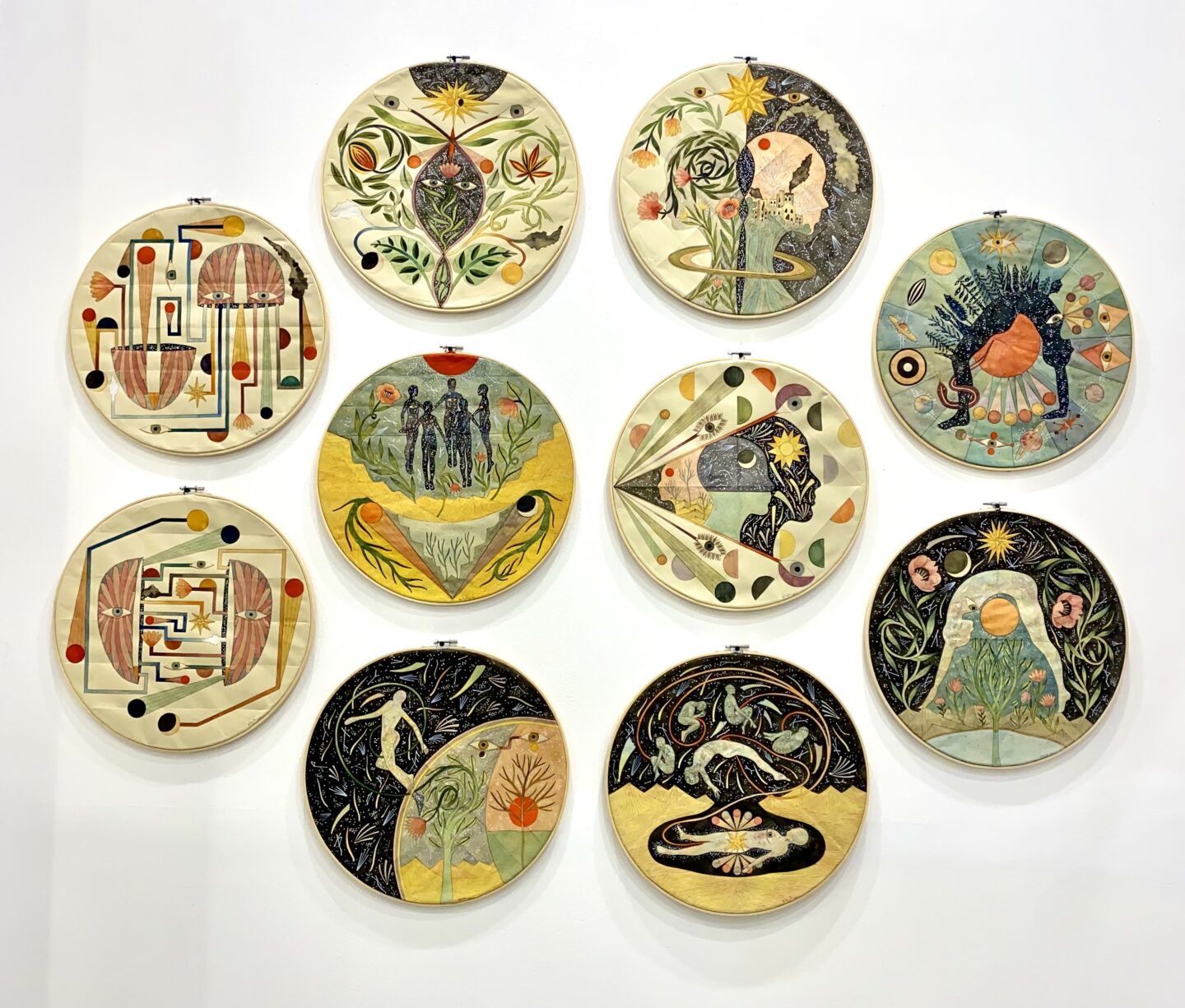Hidden Gems at India Art Fair

India Art Fair, South Asia’s leading fair for Modern and Contemporary art from the region, resumed to its physical format after a two-year break due to the COVID-19 pandemic. The 2022 edition was held in New Delhi in collaboration with BMW India and featured 77 exhibitors from 17 cities, including 14 non-profit organizations and institutions.
According to Jaya Asokan, the Fair Director of India Art Fair, “The past year has presented immense opportunities for learning and experimentation prompting discussions on the future development of South Asian art. The return to a physical fair is a show of our determination and a reminder that the India Art Fair is the first place to see and discover artists from the region.” Here are some highlights from the 2022 edition:
1. Amrita Sher-Gil, Dhoomimal Gallery
 Untitled, Amrita Sher-Gil
Untitled, Amrita Sher-Gil
Amrita Sher-Gil, an Indian-Hungarian painter, is considered a trailblazer in Indian modern art and a significant figure in 20th-century Indian painting. At the age of 18, she moved to Paris to study at the École des Beaux-Arts.
The Dhoomimal Gallery, established in 1936, is India’s oldest contemporary art gallery and has been an esteemed institution for the promotion of Indian contemporary art for several decades.
2. Bhasha Chakrabarti, Experimenter

A Study of Limbs and Lihaaf (California King), 2020
Bhasha Chakrabarti
Bhasha Chakrabarti, an MFA candidate at the Yale School of Art, explores the process of mending in her art through the lens of race, gender, and power. As she states, “I am interested in exploring how my artwork, even when grounded in local materials and symbols, can speak to issues beyond the local by situating my practice within global conversations around race, gender, and power. I would like to generate dialogues between subaltern tropes and feminine forms of labour from the global South and the agendas of resistance movements of minorities and marginalized communities in the North. Furthermore, I continue to explore how art can function as a mode of public discourse rather than being a self-contained discipline.”
Experimenter, co-founded by Prateek & Priyanka Raja in Kolkata, India in 2009, is a multidisciplinary gallery that nurtures challenging contemporary practices.
3. Shilpa Gupta, Chemould Prescott Road

Untitled
Shilpa Gupta
Courtesy of Chemould Prescott Road
Shilpa Gupta’s installation, “Untitled”, features poems of protest and resistance contained in glass bottles, capturing the power and resilience of spoken poetry.
Chemould Prescott Road, founded by Kekoo and Khorshed Gandhy in Mumbai in 1963, is one of India’s first modern and contemporary art exhibition spaces, showcasing works by the country’s leading artists across a range of mediums.
4. Laya Mathikshara, Terrain.Art

“See the Sea” – Seashell by Laya Mathikshara. View it motion here.
Laya Mathikshara, a 14-year-old artist from India, has collaborated with SpaceX and the Bored Ape Ladies Club. Her works, are presented by Terrain.Art, a blockchain-powered platform for South Asian contemporary art
Mathikshara says “The artworks have a satisfying animation that visualizes the motion of aquatic animals. Each of them has been handcrafted with unique and simple mathematical equations to trigger the animation. The works represent the aquatic animals in the sea. To see the sea.”
Founded by Aparajita Jain, Terrain.art is a blockchain-powered online platform that focuses on contemporary art from South Asia.
5. Maya Jay Varadaraj, Aicon Contemporary

When You’re Ready, 2022
Maya Jay Varadaraj
Maya Varadaraj is an artist who received her Bachelor of Fine Arts in Apparel Design from the Rhode Island School of Design before completing a Master’s Degree at the School of the Art Institute of Chicago.
“My work is analytical, though in this case, I’ve turned my focus inward. Experiencing all the aspects of womanhood, its glory, and its upset, has me analyzing the characteristic pain and tribulations tied so critically to being female. As women, our intense ordeals could, perhaps, be explained by our biologies, societies, histories, and families.” Varadaraj on her work.
Aicon Contemporary is an offshoot of Aicon Gallery, which has shown non-western modern and contemporary art in New York for over two decades.
6. Biraaj Dodiya, Vadehra Art Gallery

Drifting Dawn
Biraaj Dodiya
Biraaj Dodiya, a Mumbai-based artist, draws inspiration from Anaïs Nin’s declaration, “We do not grow absolutely, chronologically. We grow sometimes in one dimension, and not in another; unevenly. We grow partially. We are relative. We are mature in one realm and childish in another. The past, present, and future mingle and pull us backwards, forward, or fixes us in the present. We are made up of layers, cells, constellations.” Her paintings “Drifting Dawn” and “Walking Night” are the result of breakdown and repair, much like the recollection of events during a crisis.
The Vadehra Art Gallery, established in 1987, celebrates Indian art as a valuable and intellectual cultural conduit, supporting artists and their work.
7. Rana Begum, Jhaveri Contemporary

No.1118 Painting, 2022
Rana Begum
Rana Begum seamlessly blends the boundaries of sculpture, painting, and architecture in her works inspired by the repetitive geometric patterns of Islamic art and artists such as Agnes Martin and Donald Judd.
Jhaveri Contemporary, formed by sisters Amrita and Priya in 2010, represents artists across generations and nationalities whose work is informed by South Asian connections and cultural heritage.
8. Rithika Merchant, TARQ

Rithika Merchant at India Art Fair 2022
Rithika Merchant, a visual artist from Mumbai, India, weaves a tapestry of cultural and religious threads in her artistic expression. Through her work, Merchant seeks to delve into the mysteries of the universe, examining the sky as a window into the future. She explores the waxing and waning of civilizations through the lens of stars, using the universe as a metaphor for the cyclical nature of life.
“In this series of work, I look to a more primordial time, where I search for answers in the stars. I focus on the sky, using a holistic vision of the universe to try and answer what comes after the Holocene and Anthropocene when the earth started changing in a much more rapid and real way. Each hoop is named after a star or star system and is a meditation on how the behaviour of the star can tell us more about ourselves and our future. For example, Sirius’ waxing and waning brightness is a metaphor for how civilisations rise and fall. From dust to stardust, the cycle is endless.” Merchant says.
In 2014, Hena Kapadia established TARQ with the aim of promoting insightful discussions surrounding art and its numerous interpretations and associations. TARQ was envisioned as a platform for up-and-coming contemporary artists, seeking to challenge conventional methods of showcasing and appreciating contemporary art in India.
9. Tarini Sethi, Method India

Courtesy of Tarini Sethi
Tarini Sethi is a fine artist and curator based in New Delhi. She trained at the Pratt Institute in New York. Sethi is the founder and curator of the Irregulars Art Fair; India’s first anti-art fair.
Tarini Sethi, a fine artist and curator from New Delhi, delves into themes of human intimacy and challenges societal taboos through her art. She draws inspiration from folk tales, architecture, and modern-day politics to create works that explore identity and sexuality.
Method is a contemporary art space in Mumbai, India.
10. Anindita Chakraborty, Young Collector’s Weekend

(Details) Untitled (After Mrs James Guthrie by Frederic Leighton), 2o18
Anindita Chakraborty
Young Collectors’ Weekend was created to provide resources for first-time art collectors and young artists. The event was a collaboration between Cultivate Art, an organization that provides a platform for contemporary artists, and Anindita Chakraborty, an artist whose portraits showcase the parallels between Indian and Western art history. Chakraborty’s works offer a unique look at the influence of Western ideals in Indian society.
“Our curatorial vision when researching artists for the show was to spotlight artists whose practices are relatable to millennials, whether in terms of the meticulous context building behind each work, the price points, the subject matter or simply the aesthetic appeal,” says Teesta Bhandare Art Advisor, Partner at Cultivate Art.
Bhandare goes on to say “Anindita Chakraborty was one such artist whose realistic portraits highlight not only the parallels or lack thereof between Indian and western art history (around the 1800s) but at the same time enlightens the viewer about the Indian desire to mould oneself into western ideals often, something that has and continues to be relevant in Indian society. Additionally, the realism portrayed in her works is something we found to be quite unique and made her works different from many of her contemporaries.”

 Untitled, Amrita Sher-Gil
Untitled, Amrita Sher-Gil
